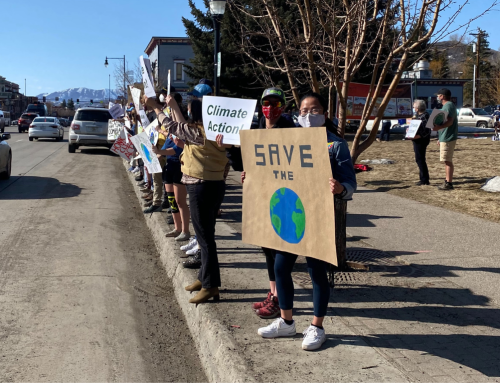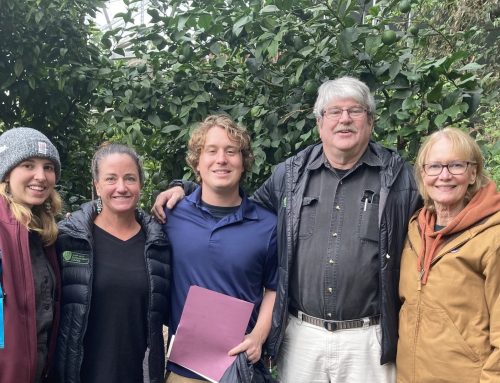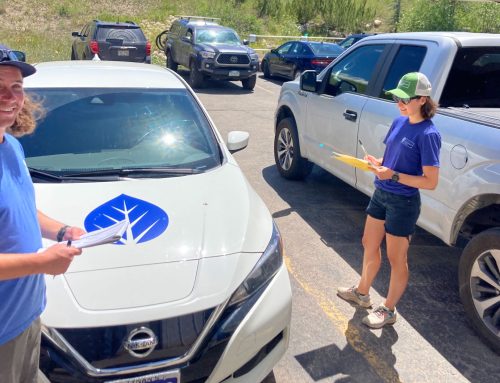MARCH 8, 2013 BY
As the global population increases and more countries become industrialized, resource consumption has skyrocketed. Natural resources by their very nature are finite and this exponential development has made it necessary for the most advanced nations to research methods to conserve resources and develop a less wasteful future. As the centers of research and thought in the country, universities are taking charge and standing as examples of how to conserve resources – take a look at the sustainable practices of some of these standout institutions. (from http://www.master-of-education.org/sustainability/) (text version below)
Going Green With Green Buildings
– LEED Certification: The premier indicator of efficiency and sustainability
– 100: Total number of possible LEEDs points distributed across five major categories:
– Sustainable Sites
– Water Efficiency
– Energy and Atmosphere
– Materials and Resources
– Indoor Environmental Quality
– An additional 6 points are awarded for Innovation in Design
– An additional 4 points are awarded for Regional Priority
– Certified: 40-49 points
– Silver: 50-59 points
– Gold: 60-79 points
– Platinum: 80 points and above
– Bringing school buildings to LEED certification standards helps create a sustainable future
– Examples:
– Colorado State
– 8 LEED gold buildings
– 1 LEED silver building
– Brown University Commitments
– Existing Buildings
– 42%: Reduction of greenhouse gas emissions to from 2007
– 4%: Initial goal for annual reduction of emissions through 2020
– New Constructions
– All new facilities to produce 25% – 50% less emissions than required by state code
– LEED Savings
– 50%: Average savings of gold and platinum LEED certified buildings
– Average building performance of LEED structures are 25-30% more energy efficient than the national average
Saving Energy Cutting Costs With Solar Power
– Colorado State University’s solar farm
– 30-acres
– 23,000 solar panels
– 8,500,000 kWh: Expected annual output of the 5.3 MW array
– That can power 33% of the Foothills Campus!
Student Initiatives For A Greener Tomorrow
– Smart printing: Printing on both sides of paper takes minimal effort and can cut paper usage in half
– 10,000: Average sheets of paper each students uses annually
– 19.1 million: Number of U.S. college students
– That equals 191 billion sheets of paper!
– 95.5 billion: Reduction in paper use if students were to use double sided printing
– 8,333: Number of sheets of paper produced from 1 tree
– Double sided printing could save up to 11.5 million trees each year!
– Water bottles: Cut down on waste and cost
– Bottled water costs 4,000 – 10,000 X more than tap water
– Without any health difference!
– $1 billion of plastic water bottles are thrown away each year
– It can take up to 1,000 years for plastic to disintegrate
– 2.5 million tons: Annual amount of CO2 produced by water bottle manufacturing
Redouble Your Recycling!
– 4.5 lbs.: Amount of trash the average person generates each day
– That’s 1.5 tons each year!
– The EPA estimates that 75% of this is recyclable
– But only 30% is recycled!
– 21.5 million tons: Amount of food wasted each year
– Composting this waste instead of throwing it away would would reduce as much CO2 emissions as taking 2 million cars off the road!
– Successful businesses have reduced food discards by 50 to 100%
– 50 million: Number of homes that could be powered for 20 years by the wood and paper wasted each year
Five Universities Committed To Long Term Sustainability
– American University: “The American Dream is Green”
– More than 25 buildings on campus are participating in a LEED Volume Existing Building certification project
– Arizona State University: Pursuing complete carbon neutrality
– Generates over 15 megawatts of photovoltaic power
– California Institute of Technology: Home of the 2nd largest U.S. rooftop solar installation
– 8.3 million kilowatt hours: Annual energy savings, reducing greenhouse emissions by 6,000 metric tons
– California State University-Chico: Committed to LEED certification
– Early adopter of the AASHE’s STARS Program
– Self-reporting framework for universities to report and track sustainable development
– Catawba College: Building a sustainable future
– Developed the Environmental Services Department and Center for the Environment
– Plans, implements, and maintains sustainability, waste reduction, and recycling programs






